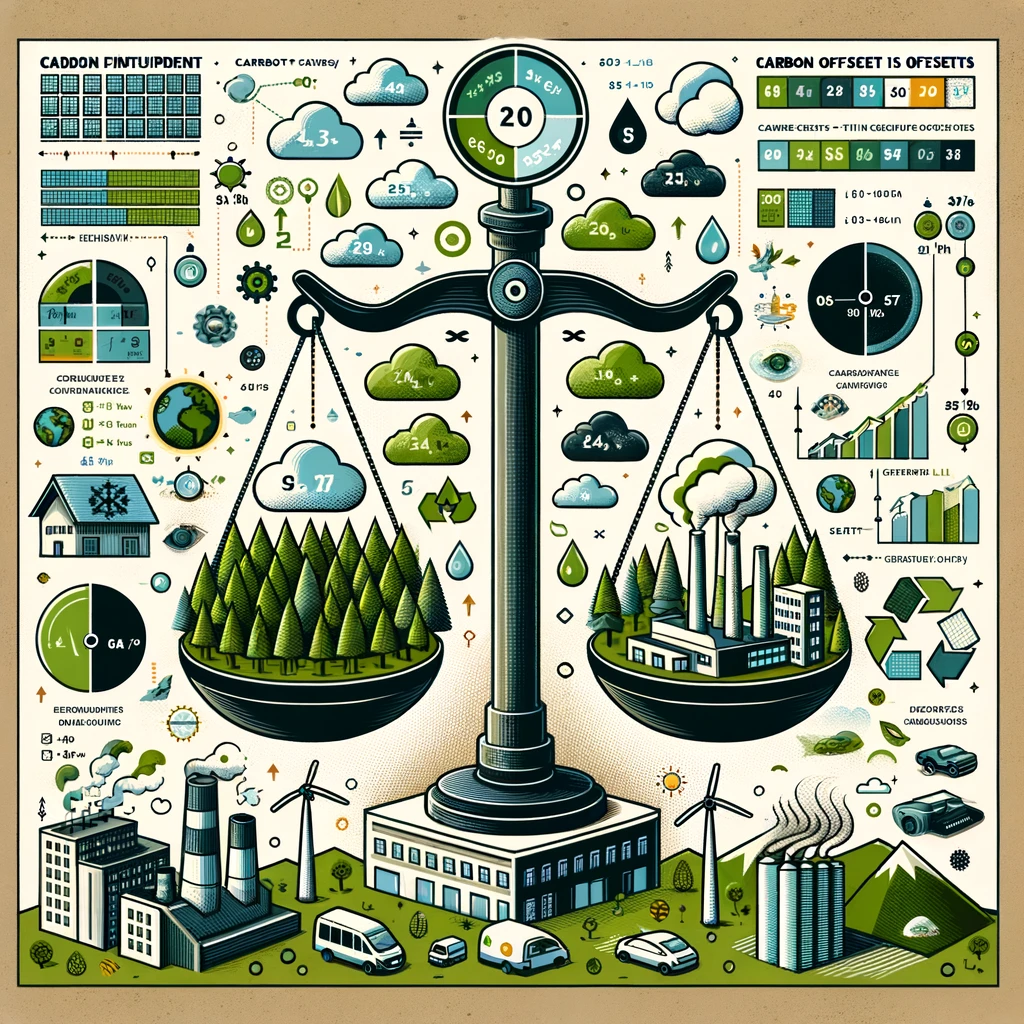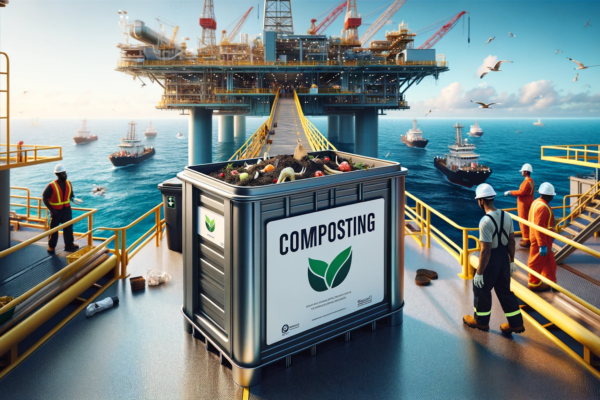Charting a Sustainable Path: 7 Carbon Accounting Success Stories That Inspire
Charting a Sustainable Path: 7 Carbon Accounting Success Stories That Inspire
In the realm of sustainability, carbon accounting has emerged as a pivotal tool for organizations aiming to reduce their environmental impact. This article delves into ten exemplary cases where carbon accounting has not only guided companies toward greener practices but also showcased the potential for significant ecological transformation.
Understanding Carbon Accounting
Carbon accounting, also known as greenhouse gas accounting, quantifies the greenhouse gases (GHGs) produced directly and indirectly by a business or organization’s activities. It focuses on carbon dioxide (CO2), the most common GHG, converting all major GHGs into a carbon dioxide equivalent (CO2e) based on their global warming potential (GWP). This process allows organizations to measure their climate impact and set goals for emission reduction.
The Greenhouse Gas Protocol categorizes emissions into three scopes: direct emissions (Scope 1), indirect emissions from purchased energy (Scope 2), and all other indirect emissions (Scope 3), which often represent the largest portion of an organization’s carbon footprint. Carbon accounting is essential for organizations aiming to improve efficiency, introduce renewables, and purchase offsets to achieve net-zero targets. It provides the data needed for effective decision-making and tracking the impact of emissions reduction initiatives. Moreover, it supports environmental, social, and governance (ESG) reporting, increasingly demanded by investors and stakeholders concerned about sustainability risks.
1. The Leap Towards Renewable Energy
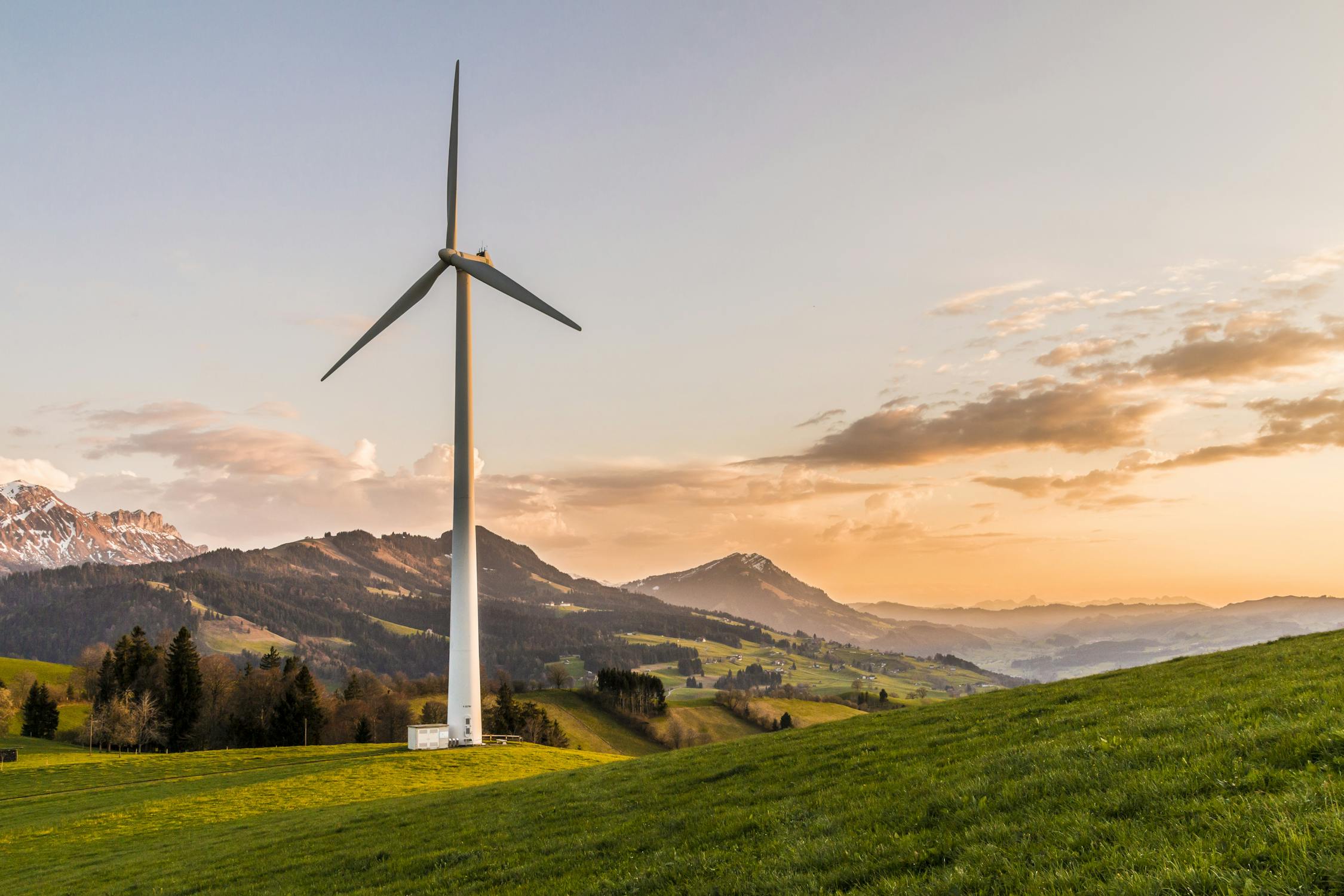 Renewable Energy Initiatives
Renewable Energy Initiatives
Google’s commitment to operating on 24/7 carbon-free energy by 2030 is a pioneering step towards sustainable energy use. This ambitious goal aims to match every kilowatt-hour of electricity consumed by Google’s operations with carbon-free energy sources, such as solar and wind, every hour of every day. This initiative is not just about reducing Google’s carbon footprint; it’s about leading a global shift towards decarbonizing the power grid.
Since 2017, Google has matched 100% of its annual electricity consumption with renewable energy purchases. However, recognizing the urgency of the climate crisis, Google has set its sights higher with the 24/7 carbon-free energy goal. This approach ensures that Google’s operations are powered by clean energy around the clock, pushing beyond the industry standard of annual matching with renewables. It’s a commitment that challenges the status quo and sets a new benchmark for corporate sustainability.
Google’s strategy involves three main focus areas: purchasing carbon-free energy, accelerating the development of new technologies, and transforming the energy system through partnerships and advocacy. The company is investing billions in clean energy projects, developing tools to optimize energy use, and working with partners to advocate for policies that support grid decarbonization.
The Impact: Switching to renewable energy is a testament to a company’s dedication to sustainability, offering a blueprint for others to follow. This initiative not only benefits Google by aligning with its sustainability goals but also contributes to broader community development. By investing in renewable energy projects, Google supports local economies, creates jobs, and helps to build a cleaner, more sustainable electricity grid for everyone. As Google moves towards its 24/7 carbon-free energy target, it offers a model for other companies to follow, demonstrating that a sustainable future is both possible and profitable.
2. Rethinking Supply Chains
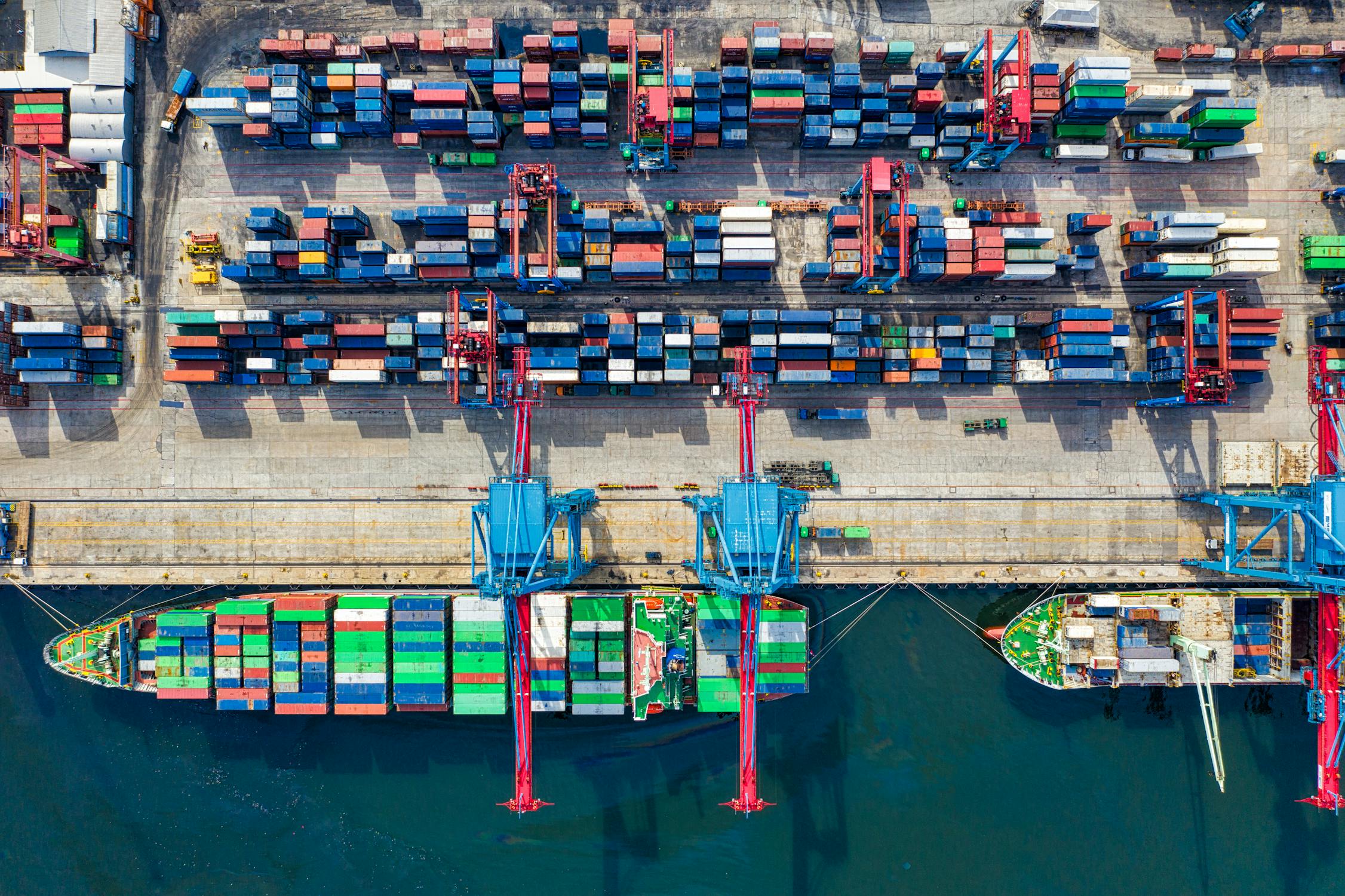
Eco-Friendly Supply Chain Management
Patagonia’s Supply Chain Environmental Responsibility Program is a comprehensive initiative aimed at reducing and eliminating the environmental impacts associated with the manufacturing of its products and materials. This program is implemented globally across supplier facilities, covering a wide range of environmental impact areas such as water use, energy consumption, greenhouse gas emissions, and waste management. Patagonia employs internal standards and industry-wide tools like the Higg Index, alongside recognizing third-party certifications like the bluesign® system, to ensure suppliers meet its environmental expectations.
The program’s core objective is to encourage suppliers to adopt better and best practices in environmental management, thereby recognizing them as environmentally responsible partners in Patagonia’s supply chain. This evaluation process is integral to Patagonia’s supply chain decisions, including the approval and management of suppliers and their manufacturing facilities. Over the years, Patagonia has seen a reduction in environmental impacts within its supply chain through continuous learning, training, and improvements, including the implementation of wastewater and air-emission treatment systems that exceed legal requirements.
Looking forward, Patagonia is focusing on performance and the implementation of best practices for continuous improvement. This includes working on a new carbon-reduction performance program with key raw material suppliers to support the decarbonization of their operations. Patagonia’s efforts to reduce the carbon footprint of manufacturing emphasize energy efficiency, renewable electricity, and the use of less carbon-intensive fuels.
The Impact: Optimizing supply chains for sustainability can lead to significant emissions reductions, showcasing the importance of environmental responsibility in procurement processes, ultimately a carbon accounting success.
3. Innovating Product Life Cycles
Sustainable Product Design in Carbon Accounting
IKEA’s commitment to using renewable and recycled materials by 2030 highlights the importance of considering sustainability in product design and lifecycle. This ambitious target is part of a broader strategy to reduce the environmental impact of its products throughout their lifecycle, from design to disposal. IKEA aims to empower consumers to live more sustainably by offering affordable, resource, and energy-efficient products. The company’s focus extends beyond materials to include the promotion of sustainable living practices, such as energy conservation, air and water purity, and waste reduction.
In the realm of food, IKEA is making strides toward sustainability by offering more plant-based options and recognizing the environmental impact of food production. This approach aligns with the company’s vision of making healthy, sustainable food accessible and appealing to the many.
The Impact: Lifecycle analysis is crucial for minimizing the environmental impact of products, encouraging a shift towards a circular economy. Through these efforts, IKEA is not just transforming its operations but is also setting a precedent for the retail industry, demonstrating that large-scale, profitable business can go hand-in-hand with environmental responsibility.
4. Embracing Carbon Offsetting
Strategic Carbon Offset Programs in Carbon Accounting
The Walt Disney Company’s commitment to environmental sustainability is deeply integrated into its operations and growth strategy, aiming to support a healthier planet for future generations. Disney’s environmental stewardship is evident in its long-term vision to reach net-zero greenhouse gas emissions, with significant efforts made towards reducing emissions, conserving water, reducing waste, and using lower-impact products. A key component of Disney’s strategy is its investment in natural climate solutions, including forest conservation projects, which play a crucial role in its carbon offset strategy to achieve carbon neutrality.
Disney has set ambitious goals for 2030, including reducing absolute emissions from direct operations (Scope 1 & 2) by 46.2% against a 2019 baseline, achieving net-zero emissions for direct operations, and reducing Scope 3 emissions in line with a ‘well below 2°C’ scenario. To support these goals, Disney is focusing on avoiding emissions, investing in energy efficiency, low-carbon fuel innovation, and powering operations with zero-carbon electricity. The company’s commitment to purchasing or producing 100% zero-carbon electricity by 2030 underscores its dedication to environmental sustainability.
The Impact: Carbon offsetting can complement direct emission reduction efforts, supporting global sustainability projects.
5. Building Sustainably
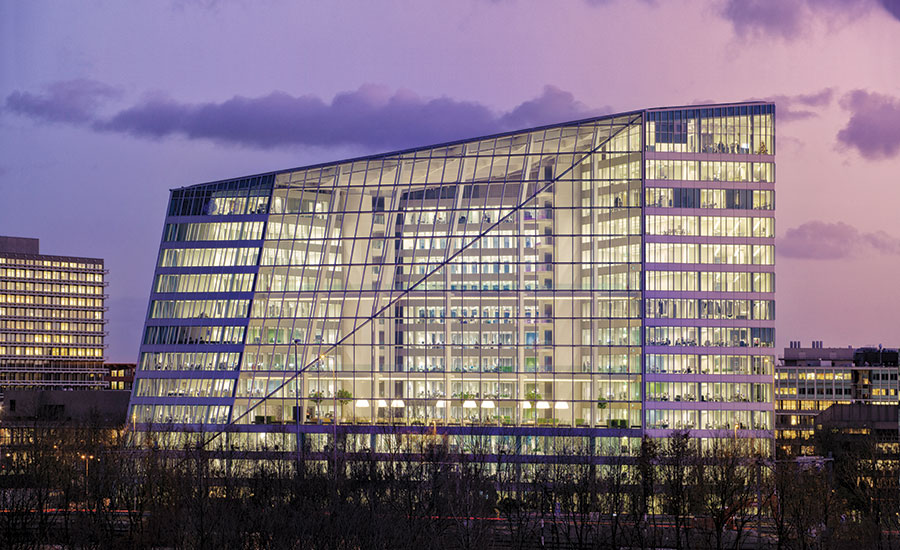
Innovations in Green Building for Carbon Accounting
The Edge, located in Amsterdam, is an office building that sets a new standard for environmental sustainability through its use of smart technology and energy-efficient design. It incorporates a wide range of sustainable features, including extensive solar panels, rainwater harvesting for toilet flushing and irrigation, energy-efficient lighting, and a sophisticated building management system that optimizes energy use. The building’s design not only reduces carbon emissions but also creates a healthier and more productive environment for its occupants.
The construction of The Edge demonstrates the potential of green building practices to significantly reduce carbon emissions and impact the fight against climate change positively. By integrating renewable energy sources, employing energy-saving technologies, and using sustainable materials, The Edge serves as a model for future construction projects aiming to achieve sustainability and energy efficiency.
The Impact: Sustainable architecture not only lowers carbon footprints but also promotes healthier living and working environments.
6. Minimizing Waste
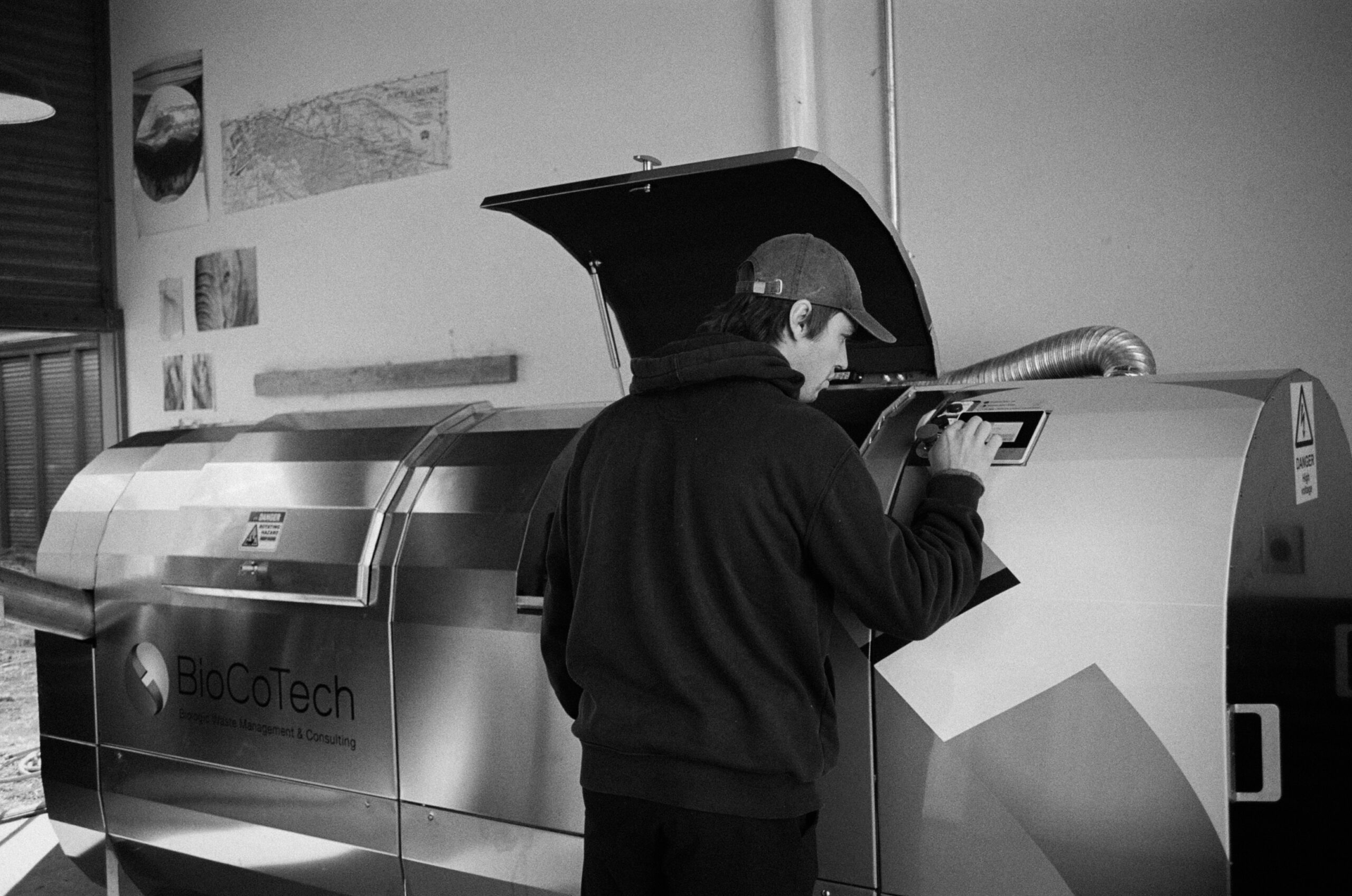
Zero Waste Goals
Microsoft has set a bold ambition to achieve zero waste across its direct operations, products, and packaging by 2030, addressing the urgent need to protect the world’s ecosystems and reduce carbon emissions from waste. Annually, more than 11 billion tons of waste are produced globally, highlighting the critical role waste management plays in environmental sustainability. Microsoft’s zero waste goal is part of a broader environmental sustainability initiative focusing on carbon, water, ecosystems, and waste, aiming to empower both the company and its customers with technology and learnings to pursue similar goals.
To tackle its waste creation, Microsoft plans to reduce, reuse, repurpose, or recycle its solid, compost, electronics, construction and demolition, and hazardous wastes. A key strategy includes the establishment of Microsoft Circular Centers to reuse and repurpose servers and hardware in its data centers, significantly reducing e-waste. Additionally, Microsoft commits to eliminating single-use plastics in its packaging by 2025 and leveraging technology to enhance waste accounting.
By 2030, Microsoft aims to divert at least 90% of the solid waste headed to landfills and incineration from its campuses and data centers, manufacture 100% recyclable Surface devices, and achieve 100% recyclable packaging in OECD countries. These efforts build upon ongoing waste reduction initiatives that began in 2008, leading to zero waste certifications for its Puget Sound Campus and data centers in Boydton, Virginia, and Dublin, Ireland.
By utilizing the BioSpeed Composting Technology, corporate campuses can easily divert their food waste and other organic materials. This will allow companies like Microsoft to achieve their ambitious waste reduction goals with the added benefits of cost savings and the elimination of heavy-duty trucking.
The Impact: Microsoft’s zero waste goal by 2030 exemplifies leadership in environmental sustainability within the tech industry. By adopting circular economy principles and leveraging technology for waste reduction, Microsoft not only minimizes its own environmental impact but also sets a benchmark for eco-friendly practices globally. This initiative underscores the pivotal role of corporate responsibility in driving broader ecological change.
7. Sustainable Procurement Practices
 Responsible Sourcing Initiatives
Responsible Sourcing Initiatives
Starbucks’ commitment to ethical sourcing is exemplified through its Coffee and Farmer Equity (C.A.F.E.) Practices, a comprehensive coffee-buying program developed in collaboration with Conservation International. Launched in 2004, C.A.F.E. Practices was among the first in the coffee industry to set ethical sourcing standards, designed to ensure transparent, profitable, and sustainable coffee growing practices. This program not only aims to secure a long-term supply of high-quality coffee but also to positively impact the lives and livelihoods of coffee farmers and their communities.
C.A.F.E. Practices evaluates farms against rigorous economic, social, and environmental criteria, including financial reporting, workers’ rights protection, water conservation, and biodiversity preservation. With over 200 indicators and a third-party verification process overseen by SCS Global Services, the program ensures the integrity and quality of audits. This initiative is part of Starbucks’ broader efforts to support sustainable coffee farming, which also includes farmer loans, open-source agronomy work, farmer support centers, tree donations, and Origin Grants focused on empowering women and girls.
The Impact: By responsibly sourcing its coffee, Starbucks significantly contributes to reducing indirect emissions associated with coffee production. The company’s goals to achieve carbon-neutral green coffee and to conserve water usage in green coffee processing by 50% by 2030 further highlight Starbucks’ dedication to sustainability and environmental stewardship. Through C.A.F.E. Practices and its comprehensive approach to ethical sourcing, Starbucks showcases the critical role of sustainable procurement in addressing global environmental challenges.
Conclusion
These seven success stories underscore the transformative potential of carbon accounting in driving organizational sustainability. By adopting carbon accounting practices, companies can not only reduce their environmental impact but also inspire others to embark on their own sustainability journeys. The path to a greener future is paved with data-driven decisions, innovative strategies, and collective action towards sustainability.

